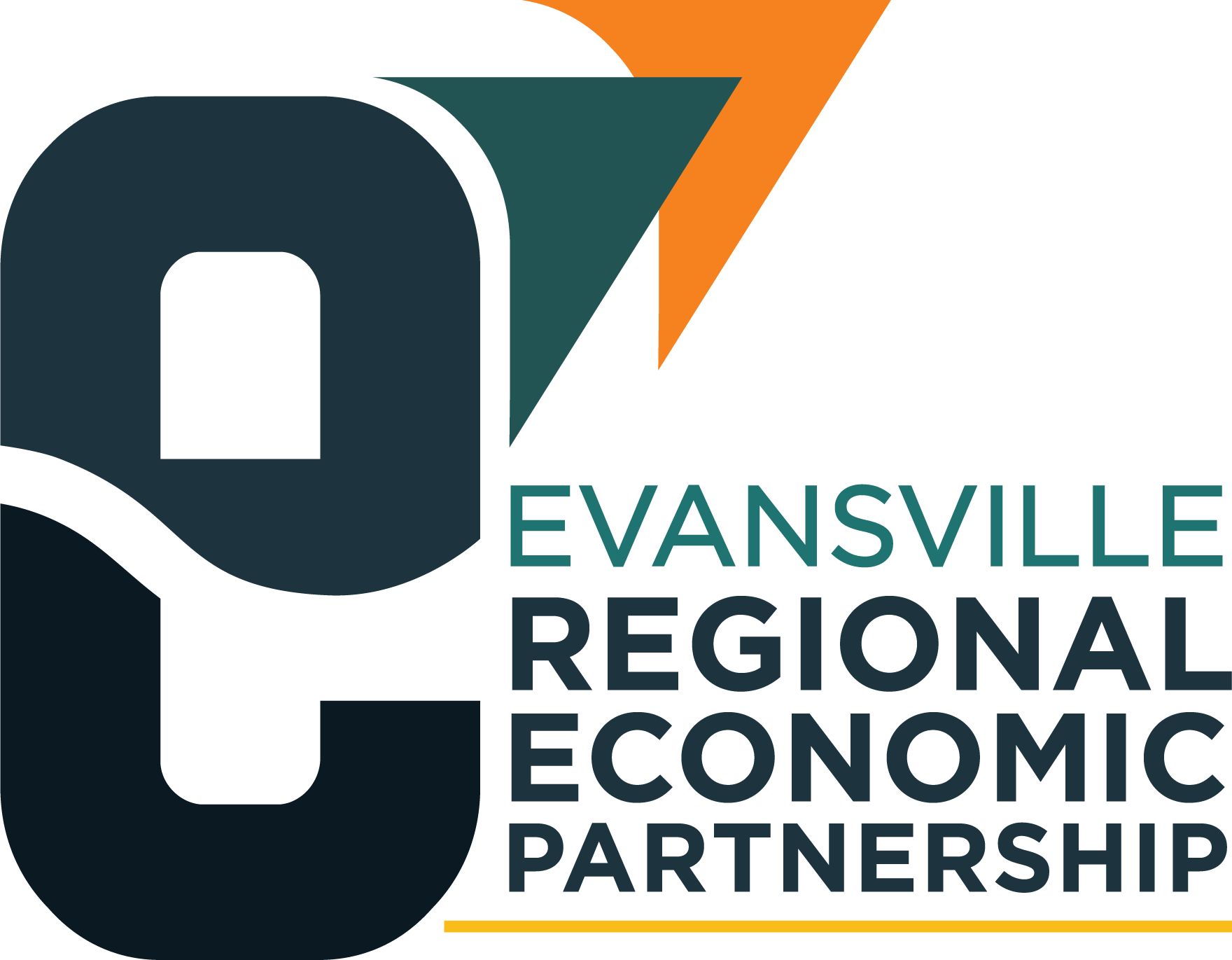Ready to Grow? Here’s What Every Small Business Should Plan First
Ready to Grow? Here’s What Every Small Business Should Plan First
Growing a small business isn’t just about ambition — it’s about preparation. Whether you’re hiring your first employees, expanding your product line, or opening new locations, success depends on structured planning, realistic forecasting, and deliberate execution. Growth can be a blessing, but unmanaged growth can quickly turn into a burden.
TL;DR
Small businesses grow sustainably when they plan for capacity, cash flow, customer retention, and systems. The most successful owners map their growth in advance — clarifying objectives, strengthening financial foundations, and ensuring every operational element can scale without breaking.
1. The Foundation: Clarify Vision and Capacity
Every business leader must start by asking: Can we grow without compromising what makes us great?
Key questions to define growth capacity:
• Do we have the operational systems to handle double our customer volume?
• Can our financial structure handle delayed payments or higher inventory costs?
• Do our team and technology scale together?
2. Build Financial Readiness Early
Cash flow kills more small businesses than competition ever will. Before chasing expansion:
• Run cash-flow simulations: Use templates from QuickBooks or similar platforms.
• Build a reserve: Set aside 3–6 months of operating expenses.
• Negotiate flexible credit: Establish banking relationships before you need them.
• Audit margins: Growth at low margins amplifies losses.
Checklist: Financial Growth Readiness
• 3-month expense buffer in savings
• Updated budget with expansion costs
• Established supplier payment terms
• Reviewed insurance coverage for higher volume
3. Operational Systems and Technology
Your tools, not your time, should absorb growth pressure.
Consider upgrading:
• Project management systems: Try Asana or ClickUp to streamline workflows.
• Customer relationship management (CRM): A tool like HubSpot helps maintain personal relationships as volume increases.
• Accounting automation: Use Xero or Wave Accounting for financial clarity.
Operational Scalability Table
4. Strengthen Leadership and Culture
As you grow, your leadership style must evolve from hands-on to systems-driven. Create clarity around accountability.
Checklist: Leadership Growth Framework
• Clear organizational chart
• Defined decision-making roles
• Documented core values
• Regular team review rhythm
Invest in developing leaders through platforms like Coursera. Leadership that scales sustainably keeps culture strong when the team expands.
5. Customer Retention and Market Expansion
Acquiring new customers is five times more expensive than retaining existing ones. Before you grow, ensure your current base is loyal.
How to Sustain Loyalty While Growing
1. Reward consistency. Offer loyalty programs or referral bonuses.
2. Automate follow-ups. Use your CRM to track engagement.
3. Gather feedback loops. Use surveys and Google Forms.
4. Expand gradually. Test new markets with pilot offers before full launches.
6. Legal and Compliance Considerations
Growth introduces risk. Stay ahead of regulations:
• Register new trademarks early via USPTO.gov.
• Review contracts before hiring or expanding to new states.
• Confirm tax obligations with the IRS Small Business Portal.
A quick consultation with a small business attorney before expansion can save thousands in penalties later.
7. Preparing Winning Business Proposals
Strong proposals help secure partnerships, funding, and new clients. Every proposal should articulate:
• Who you are (brand)
• What you do (service or product)
• The solution you offer (outcome)
• Budget and timeline
For practical guidance, click here for more on writing professional business proposals that win client trust and funding.
8. How-To: Build a Scalable Growth Plan
Step-by-Step Growth Planning Framework
1. Let measurable targets: Example — increase revenue by 25% over 12 months.
2. Map dependencies: Identify what must happen first (hire staff, secure suppliers).
3. Assign ownership: Every objective needs a clear accountable owner.
4. Establish KPIs: Use tools like Databox to track performance.
5. Test and adapt: Run small pilots before large-scale changes.
9. FAQ: Small Business Growth Essentials
What’s the most common mistake when scaling a small business?
Expanding before ensuring stable cash flow and repeatable processes.
How much capital should I set aside before expanding?
Ideally, maintain at least 3–6 months of projected operating costs in liquid reserves.
How do I know if my team is ready for growth?
If daily operations function smoothly without your constant involvement, you’re closer to ready.
How do I balance growth with brand authenticity?
Document your brand story and values early — make them part of onboarding, so every new hire reinforces consistency.
Glossary
Conclusion
Growth isn’t a sprint — it’s a strategy. The best small businesses expand by planning ahead: tightening operations, safeguarding cash, and protecting culture as they scale.
By aligning financial, operational, and strategic readiness, your business can not only grow — it can sustain that growth for the long term.
If you’re mapping your next stage, start small, plan deeply, and grow deliberately.
Discover the vibrant opportunities in the Evansville Region, where innovation meets community spirit, and your next big idea can become a reality!
